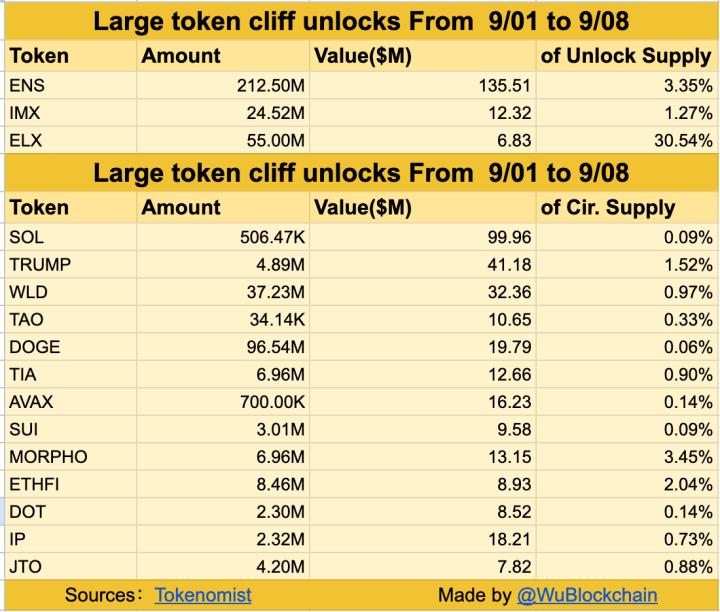Written by: taetaehoho, Chief Strategy Officer of Eclipse
Translated by: Luffy, Foresight News
By 2025, stop being confused about L1 and L2 blockchains.
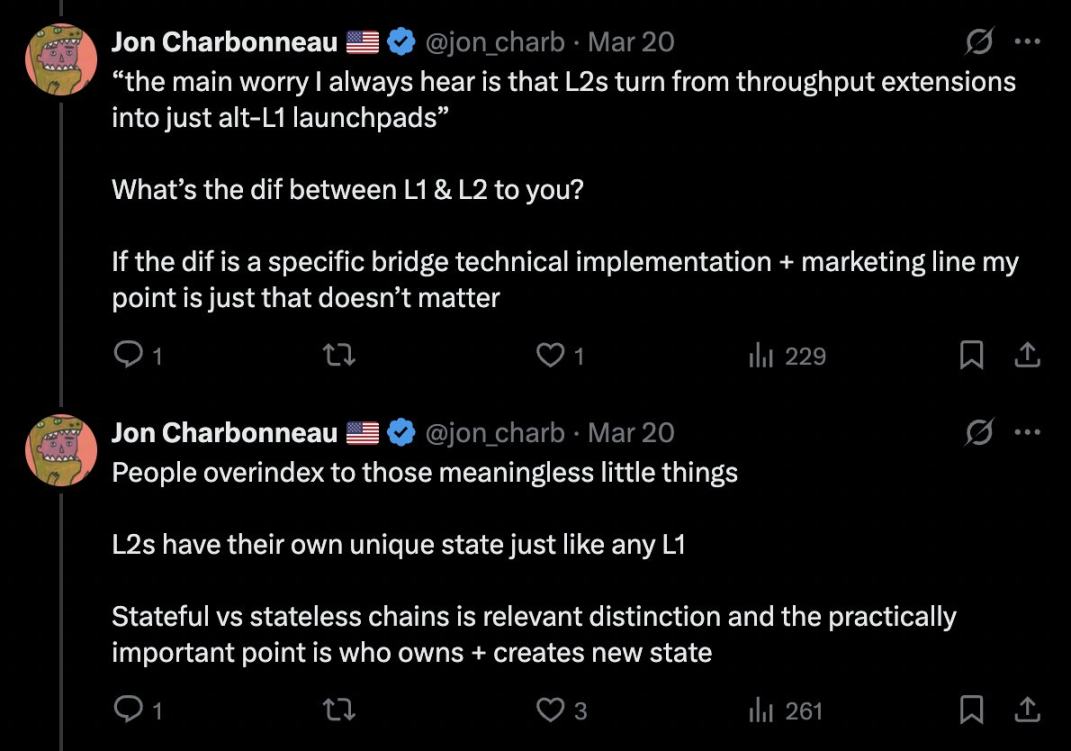
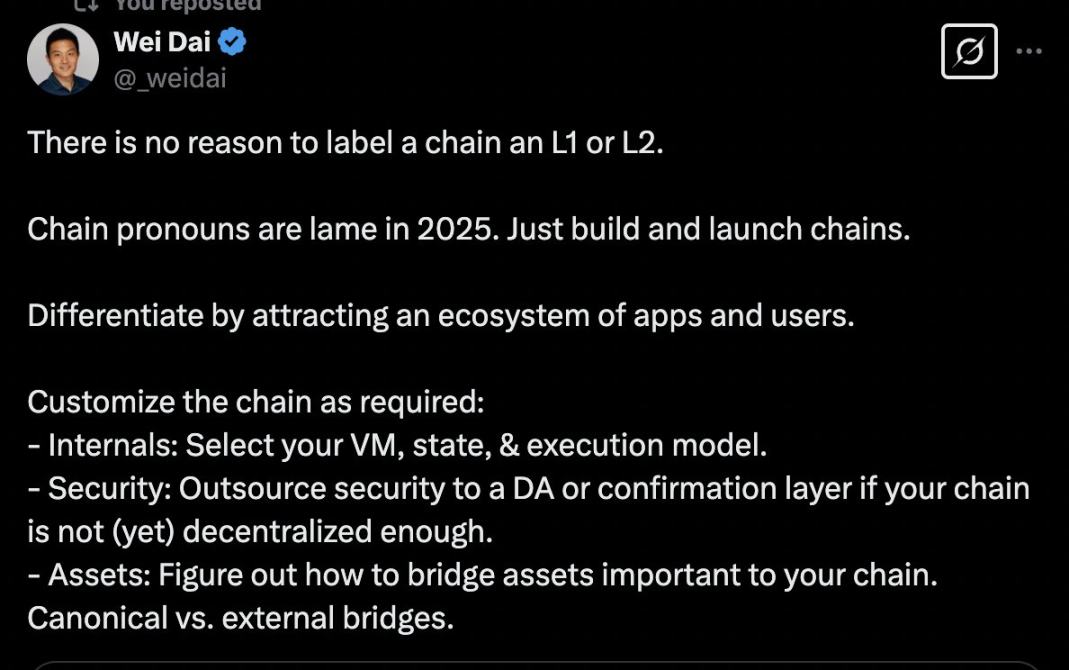
You should read these tweets a hundred times.
For end users, there is no difference in product experience between L1 and L2. There is also no essential difference or limitation in liquidity between L1 and L2. A new L1 chain must attract stablecoins or cross-chain non-native liquidity to itself to guide initial liquidity. Similarly, L2 chains also need to introduce stablecoins or cross-chain non-native liquidity to accumulate initial liquidity. L2 chains are just connected to L1 chains through a trust-minimized bridging method, whereas alternative L1 chains do not have such bridging. We have seen that some whales are sensitive to these trust assumptions, but many ordinary users do not care.
A rather mediocre view (mainly from those developing alternative L1 chains) is that "L2 will fragment liquidity".
L2 only provides a trust-minimized bridging method between L1 and L2, and every L2 launched today is connected to all alternative L1 and other L2 chains.
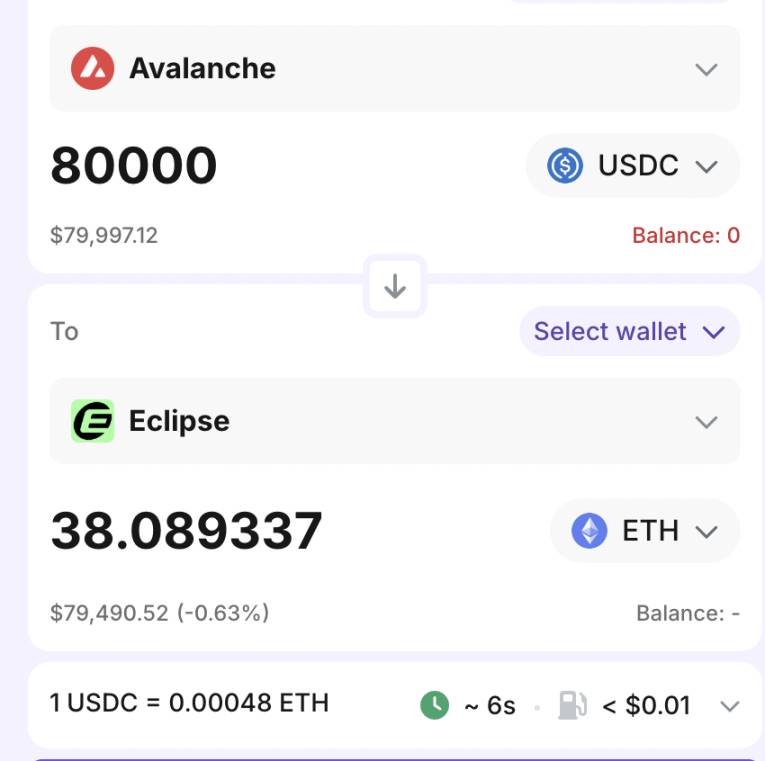
Every valuable L2 is equipped with other message bridges when launched. Through L1 as a transit, any participant connected to the base layer can transfer funds on a large scale between alternative L1 and L2 chains via ETH or Solana. If an alternative L1 is not connected to L2, it might increase the difficulty of capital outflow, but if it integrates message bridges, such a statement would be self-contradictory.
The product nature of L2 is not determined by its relationship with L1. It is just an execution layer, like other execution layers with different characteristics.
So, why are L1 chains more valuable?
There are two reasons.
1. Are L1 chains more valuable than L2?
Not necessarily more valuable: L1 chains have higher activity. Solana and ETH have a market value to revenue (REV) ratio of about 100 times. Mature L2 chains have a similar market value to revenue ratio, between 10 to 200 times. (Data from October 2024, but this view still holds).
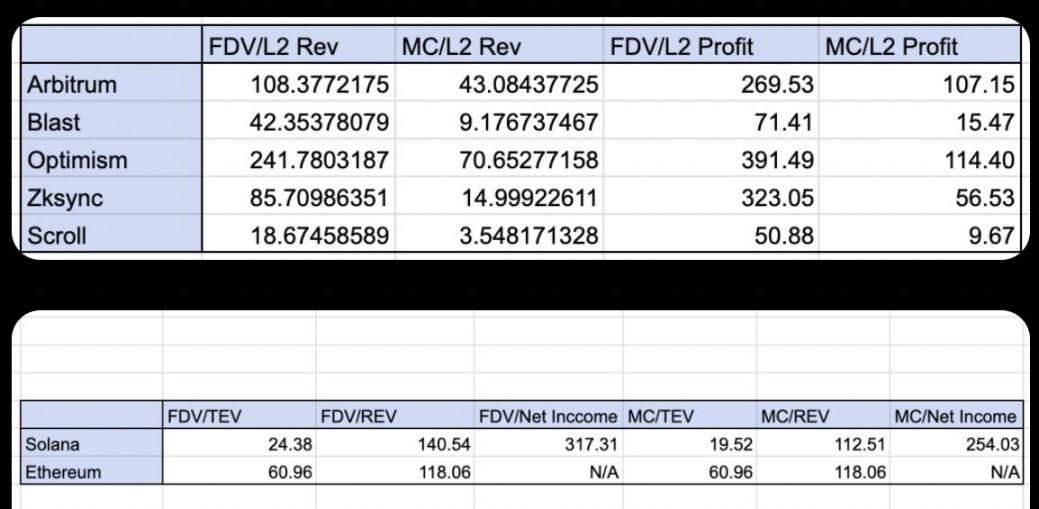
From this perspective, mature L1 and L2 chains have relatively similar multiples (such as Arbitrum, Optimism compared to Solana and ETH).
More valuable situation: L1 chains have a higher frequency of unexplainable high valuation outliers. In other words, you will see more L1 chains with low activity but valuations reaching billions of dollars, while such cases are relatively rare in L2.
L1: Sui, Mantra, Pi, ICP, IP
L2: Move
In my view, this is an initial positioning mistake of L2. Arbitrum and Optimism positioned themselves as ETH extensions, helping ETH achieve scaling as an execution layer. Combined with ETH's Rollup-centric roadmap, this was a good initial guidance method.
However, the drawback is that it limits the total addressable market (TAM) to the ETH user group and sets an upper limit on the potential total liquidity, market attention, and revenue these chains can capture. Arbitrum and Optimism's initial market entry strategy was to promote themselves as ETH extensions. Although they can attract new decentralized applications and participants to their specific ecosystems, including projects not previously on ETH, this is also why they have always been viewed as a subset of the base layer network (and thus valued only at a certain proportion of the base layer network). To be fair, when they were launched, ETH was the only major blockchain in the market.
2. Token Model
L1 token models have a basic network flywheel effect, where increased activity on the L1 chain is directly related to token demand from two different participant groups (searcher users and stakers).
The higher the activity, the more fees searcher users are willing to pay to have their transactions packed into a block. The increased entropy from various activities increases the probability, frequency, and scale of people competing to capture economic opportunities. In terms of staking, the more fees a chain earns, the more people will want to stake the L1 chain's tokens to obtain potential economic returns. Activity is also related to new asset issuance, which is usually linked to the L1 chain's native token: people must buy these native tokens to participate in trading activities. (For example, using ETH to mint Non-Fungible Tokens, using SOL to buy memecoins).
How should L2 respond?
1. Mindset Shift
L2 needs to decide whether to be an L2 that remains consistent with a specific L1 or to attract users from any source. L2 construction should fully utilize the unique advantages of L2 technology (trusted/customized block construction, performance optimization).
2. Token Economics Improvement
L2 should improve token economics so that they can also form a flywheel effect where increased network activity stimulates token demand on two sides (searcher users and stakers).
Current L2 chains are trying to use customized gas tokens, but this only solves the problem for searcher users and does not benefit stakers. Theoretically, since most L2 chains incorporate sequencer profits into the decentralized autonomous organization's treasury, and tokens can govern the DAO treasury, this seems equivalent. But to make token holders have the same perception, they need to be given better governance rights.






